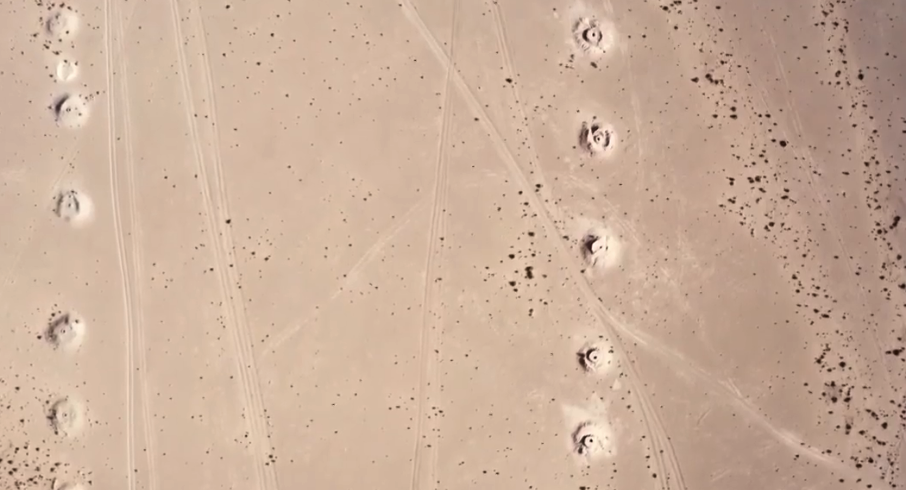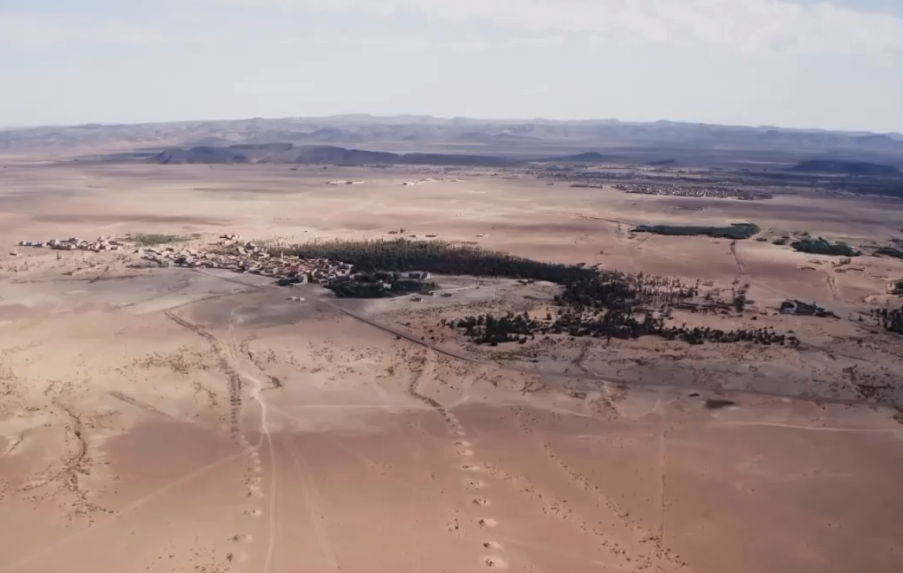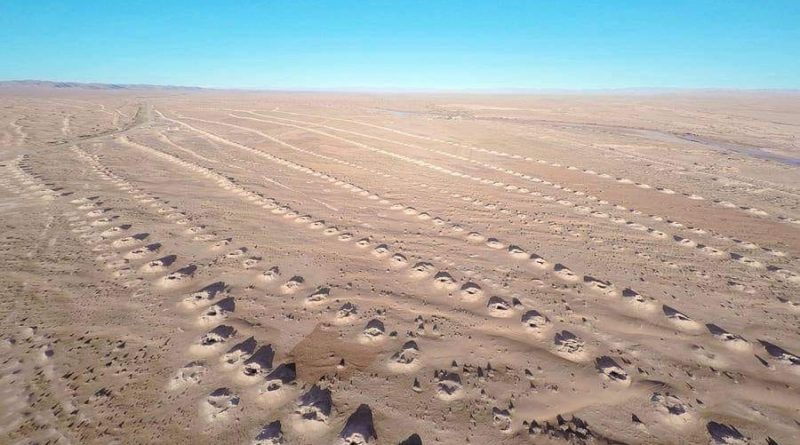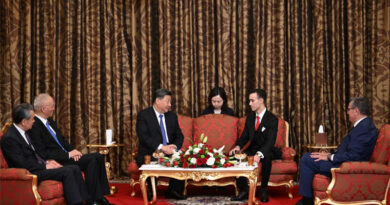The ancient irrigation technique in the desert
In the deserts of Morocco, an ancient system of irrigation known as Khettara has been used for centuries to bring water to communities living in arid regions. The Khettara system is a complex network of underground channels that taps into underground aquifers and transports water to the surface, providing a reliable source of water for drinking, agriculture, and livestock.
The Khettara system is believed to have originated in Persia and was introduced to Morocco by Muslim conquerors during the 7th century. The system is still in use today, with some Khettaras dating back over a thousand years. The system is particularly prevalent in the southern regions of Morocco, where the climate is hot and dry, and access to water is scarce.
The Khettara system works by digging channels underground, often as deep as 20 meters, which follow the natural contours of the land. The channels are then lined with a layer of clay to prevent water from seeping out.
A series of vertical shafts are then dug to access the water table, allowing water to flow into the channels. The channels then transport the water to the surface, where it can be used for drinking or irrigation.

The Khettara system has several advantages over other forms of irrigation.
Firstly, the system is entirely gravity-fed, meaning that no external energy is required to transport water. This makes it a sustainable and low-cost solution for providing water to communities in remote areas.
Secondly, the underground channels keep the water cool and free from contamination, making it a safe and reliable source of drinking water.
Finally, the system is highly efficient, with some Khettaras able to transport water over several kilometers without losing significant amounts of water.
Despite the many benefits of the Khettara system, the drought that Morocco has faced since the 80s has put a lot of pressure on the underground aquifers, leading to over-extraction of water and a decline in the water table.
This has led to the closure of many Khettaras and has put pressure on communities to find alternative sources of water.




